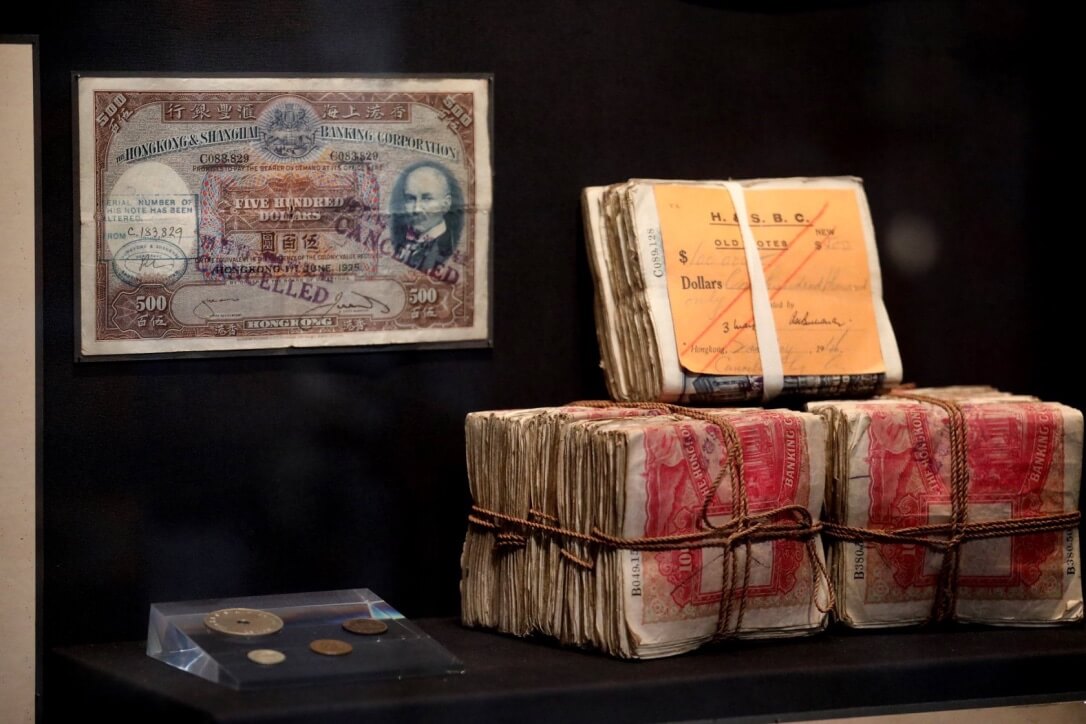Every day for 30 days we will be featuring a museum object that has inspired or intrigued us, in the hope that “an object a day keeps the doctor away.” We love creating exciting, meaningful storytelling through engaging experiences, but still firmly believe that it is hard to beat the thrill of being in the presence of authentic artefacts. Today’s object is: HSBC duress notes.

An amazing and humbling part of working with HSBC on their Archives Gallery was discovering what happened to many of their staff following the Japanese capture of Hong Kong in December 1941. Many of them were imprisoned and died in Stanley prisoner of war camp with those outside such as Chief Manager Vandeleur Grayburn risking and eventually paying with their lives to help smuggles in supplies.
“Duress notes” were issued by HSBC during the Japanese occupation of Hong Kong. As the name implies, they were issued by bank staff under duress. A key issue after the war and HSBC’s return to its headquarters in 1946 was the banks decision to honour the HK$16 million worth of notes issued under duress in 1942.
Despite having no legal obligation to do so, this meant that ordinary people did not lose out and was critical in restoring public confidence in the economy and the future of Hong Kong’s economy. Testament to this was the rapid growth of Hong Kong’s population from 600,000 during the Occupation to 1.6 million by mid-1946.
HSBC’s archives are one of the most important business collections in the world. The archives contain the historical records not only of HSBC, but also of many of the banks which have been acquired by HSBC and its predecessor companies. They can be visited by appointment.
